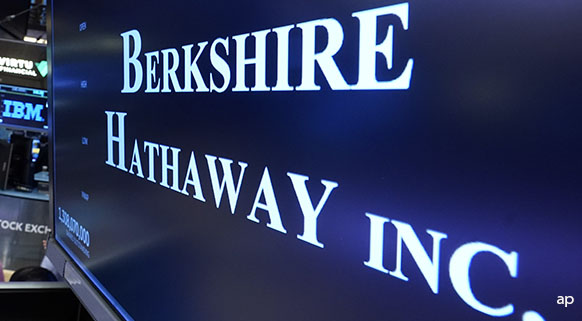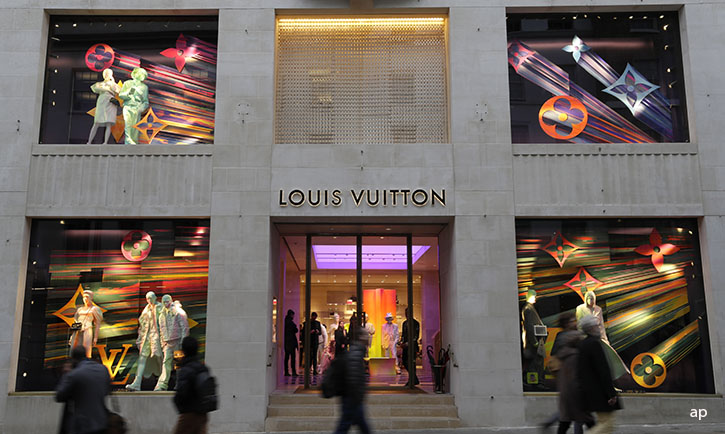In today's chart we are going to look at how the average investor return can diverge widely from the fund's posted total return.
We will do this by looking at the Morningstar's investor return data point, which measures how the typical investor in that fund fared over time, incorporating the impact of cash inflows and outflows.
It is not one specific investor's experience, but rather a measure of the return earned collectively by all investors in the fund.
Conversely, total return measures the percentage change in price for a fund, assuming the investor buys and holds the fund over the entire time period, reinvests distributions, and does not make any additional purchases or sales.
The image illustrates the divergence in total return and investor return for a mutual fund selected from Morningstar’s mutual fund database.
The fund’s 10-year total return was 3.9%, but its 10-year investor return was a terrible -15.4%, which is quite a big difference. The fund’s net cash flow tells the story of the discrepancy. Investors piled into the fund during its runup between 2006 and mid-2007, with most inflows occurring near the fund’s peak value.
Investors then fled as the fund’s returns plummeted, with most outflows occurring near the fund’s bottom.
This type of behavior is not uncommon as investors tend to chase performance, buying high and selling low. In conclusion, performance-chasing is one of the biggest reasons investors underperform over the long term.
By being aware of this behavioral bias, you can be better prepared to counteract it, by learning to stick to a long-term asset allocation plan through the market's ups and downs.





















